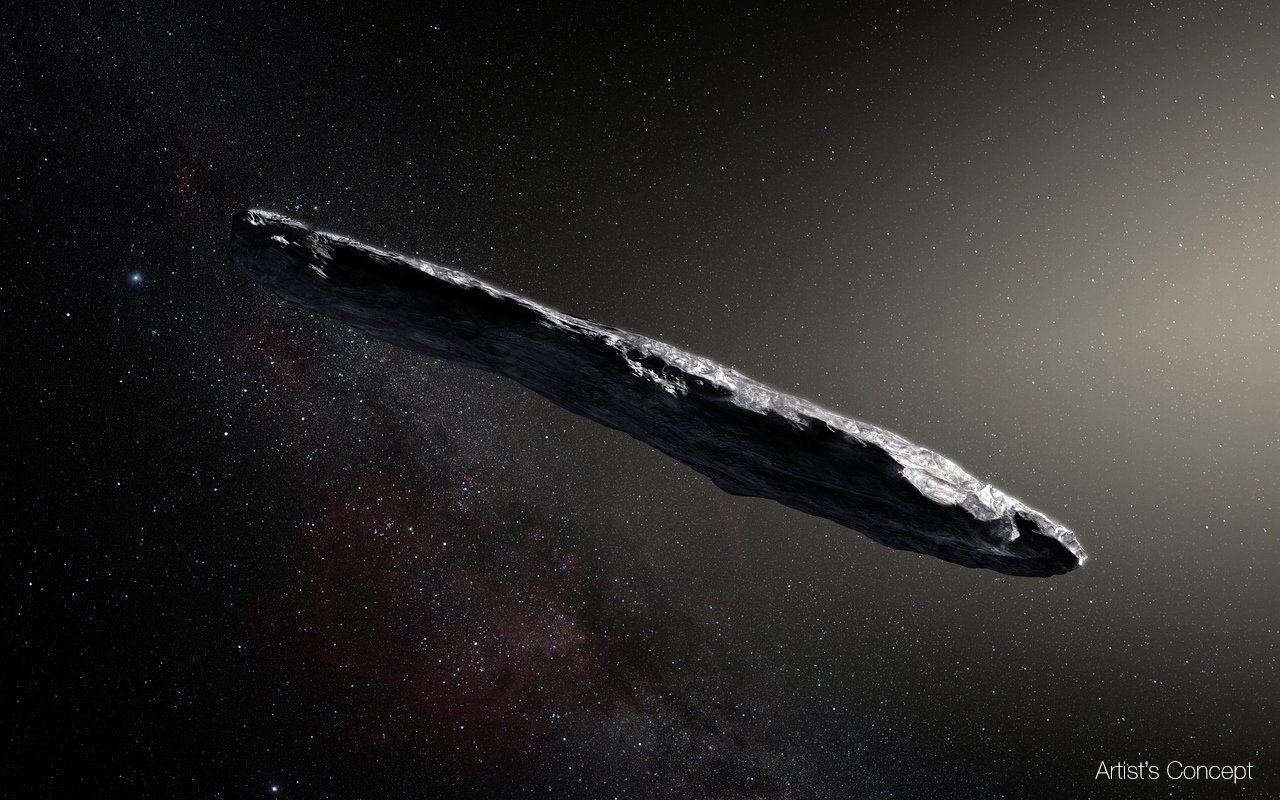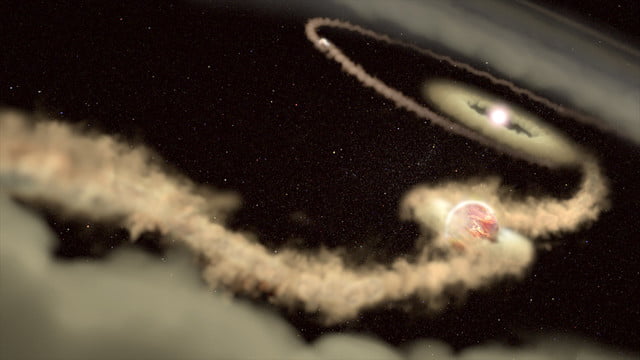Mars, our neighboring planet, has revealed several significant discoveries through space missions and scientific research. Initially thought to be a lush, life-teeming world, Mariner 4’s 1965 mission dispelled this misconception, showing that Mars is a cold, dry planet devoid of liquid water on its surface.
Mars possesses a thin atmosphere with low atmospheric pressure, resulting in frequent and massive dust storms that can encircle the entire planet. However, evidence suggests that Mars had a watery past, indicated by features like river runoff channels, gullies, and the presence of hydrated minerals.
The planet’s polar icecaps, composed of solidified CO2, water, and dust, offer insights into its climatic history and cycles of warming and cooling. Mars also exhibits a unique magnetic field, with scattered regional magnetic fields imprinted on its crust, leading to the formation of distinctive auroras.
Moreover, a fraction of meteorites on Earth has been identified as originating from Mars, further confirming their Martian origin. These meteorites have provided valuable insights into the Red Planet.
In the past, Mars was more Earth-like, with a thicker atmosphere, liquid water, and the potential for life. Discoveries by the Curiosity rover, such as key chemical ingredients and organic matter in Martian rocks, suggest that the planet’s history is complex and intriguing, raising questions about the possibility of past or present life on Mars. Scientists are now planning to collect rock samples from Mars for in-depth analysis, with the hope of unraveling more mysteries about this neighboring world.
Source: The Seven Most Amazing Discoveries We’ve Made by Exploring Mars











Recent Comments